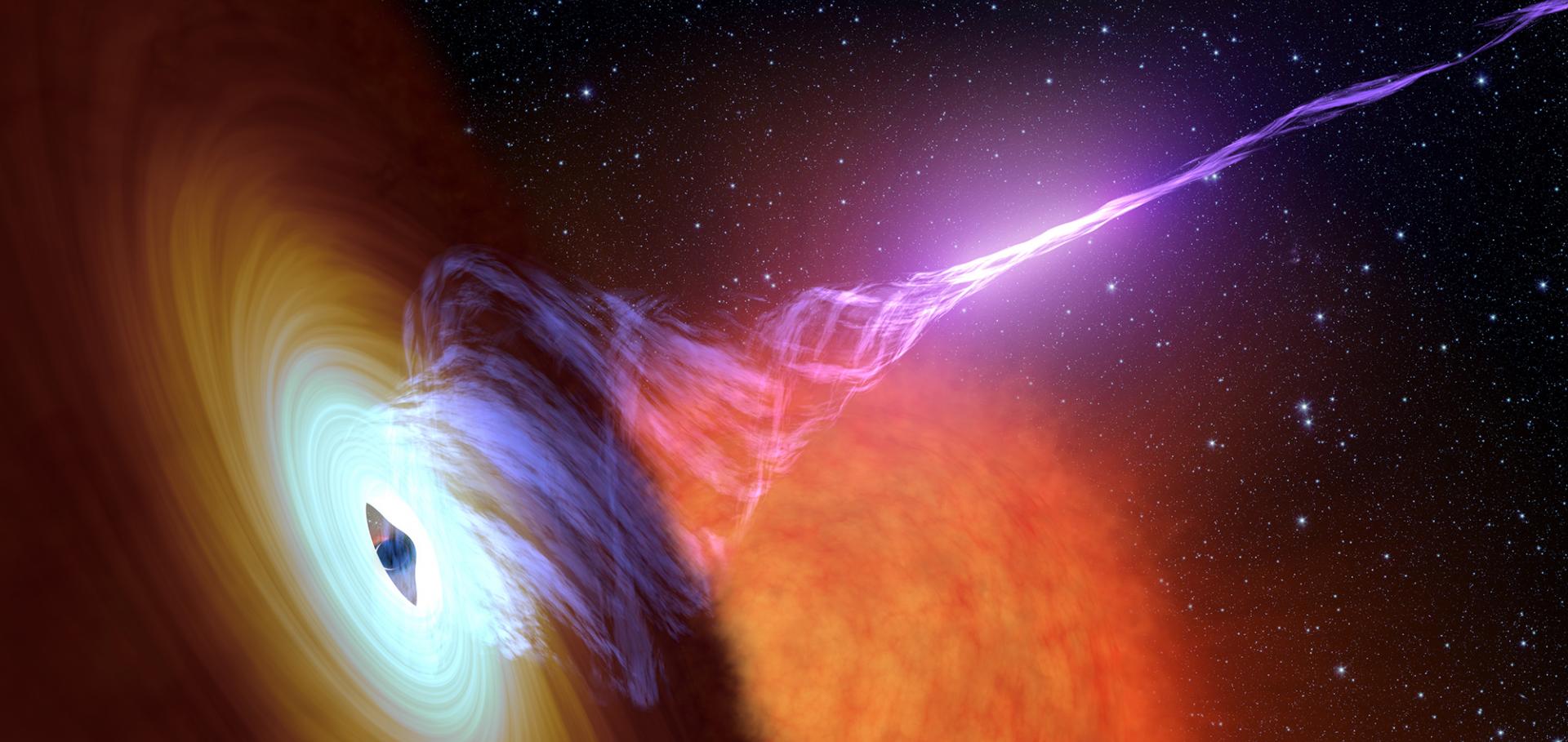Synchrotron self absorption and the minimum energy of optically thick radio flares from stellar mass black holes
(2019)
Mass and spin measurements for the neutron star 4U1608−52 through the relativistic precession model
Monthly Notices of the Royal Astronomical Society Oxford University Press (OUP) 486:4 (2019) 4485-4497
Hard-state accretion disk winds from black holes: the revealing case of MAXI J1820+070
Astrophysical Journal Letters IOP Science 879:1 (2019) L4
Abstract:
We report on a detailed optical spectroscopic follow-up of the black hole (BH) transient MAXI J1820+070 (ASASSN-18ey). The observations cover the main part of the X-ray binary outburst, when the source alternated between hard and soft states following the classical pattern widely seen in other systems. We focus the analysis on the He i emission lines at 5876 and 6678 as well as on Hα. We detect clear accretion disk wind features (P-Cyg profiles and broad emission line wings) in the hard state, both during outburst rise and decay. These are not witnessed during the several months long soft state. However, our data suggest that the visibility of the outflow might be significantly affected by the ionization state of the accretion disk. The terminal velocity of the wind is above ∼1200 km s , which is similar to outflow velocities derived from (hard-state) optical winds and (soft-state) X-ray winds in other systems. The wind signatures, in particular the P-Cyg profiles, are very shallow, and their detection has only been possible thanks to a combination of source brightness and intense monitoring at very high signal-to-noise. This study indicates that cold, optical winds are most likely a common feature of BH accretion, and therefore, that wind-like outflows are a general mechanism of mass and angular momentum removal operating throughout the entire X-ray binary outburst. -1ALMA observations of A0620-00: fresh clues on the nature of quiescent black hole X-ray binary jets
Monthly Notices of the Royal Astronomical Society Oxford University Press 488:1 (2019) 191-197


